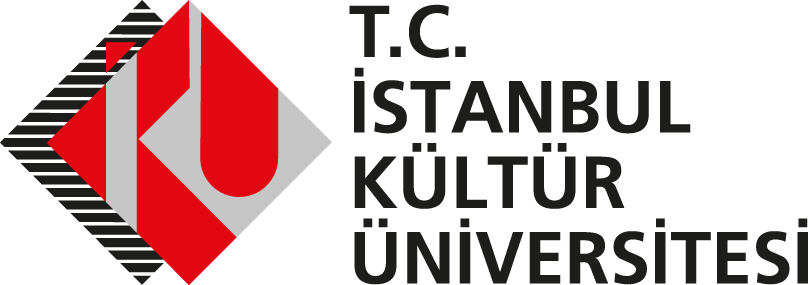Welcome to IKU Institutional Repository
OpenAccess@IKU is Istanbul Kultur University's Institutional Repository , established in June 2014 to digitally store and provide open access to academic and artistic outputs in line with international standards and intellectual property rights. The system includes various outputs such as articles, presentations, theses, books, book chapters, reports, encyclopedias, and works of art produced by the university's faculty members and students.

